In 19th century India, there were "Zenana" or all women’s studies in citics like Hyderabad and Kolkata run by British female photographers where women in purdah would get themselves photograpphed. Native Women of South India, is a performative work where Pushpamala, South Indian artist and Clare Arni, British photographer who has lived most of her life in South, India – one black, one white – play the protagonists in a project exploring the history of photography as a tool of ethnographic documenation. The series of photographs presents an eccentric arrary of "native types" by recreating characters grom familiar or historical sources, ranging from the religious to mythological to the fictional to the real. The project ironically to comments on the colonial obsession with classifcation as well as the Indian nationalist ideal of "Unit in Diversity" – the notion – using performance and masquerafe borrowed from the popular forms we see all around us in the "costumes of India" pageants Republic Day floats, festival tableaux and dioramas, and in the dream projections of roadside studio photography.
The book ‘Native Women of South India, Manners and Customs’ is the compilation of the works that Pushpamala and Clare Arni did during 2000-2004 with the support of the India Foundation for the Arts, Bangalore. Placing South Indian Women as the cultural ‘other’ in the popular narratives of India, Pushpamala and Clare Arni builds a series of alternative narratives through reproducing the native women types as represented by the popular artists including Raja Ravi Varma. The book shows how the components of the artificially created sets form a different grammar and also provide the artists with angles that were obliterated while creating the ‘original’. In many ways the book documents the unspoken parts and residuals during the production of culture.
The artifice of the posed studio photograph, with its elaborately created sets and costumes, becomes a site for fantasy to book at representations of South Indian women in the Indian imagination. The earliest image is from a 16th century Deccani miniature painting of a "Yogini", a mythical white and black, real and fake, the images subvert and overturn each other in baroque excess.

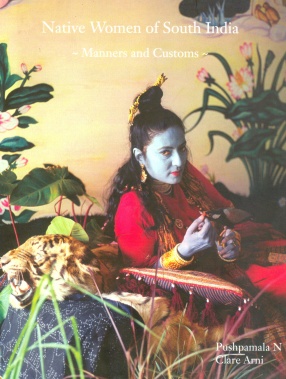
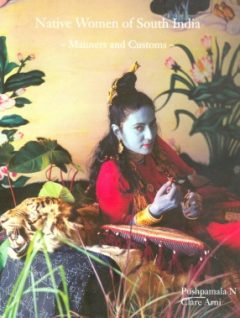
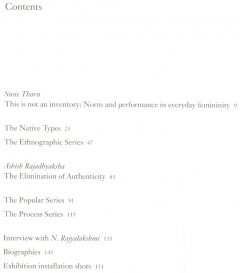

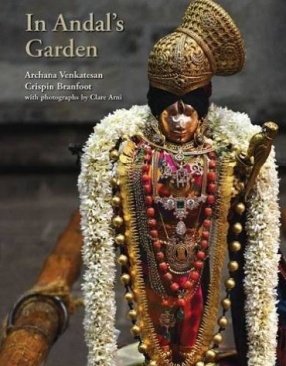

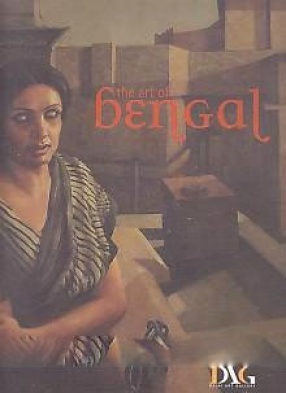
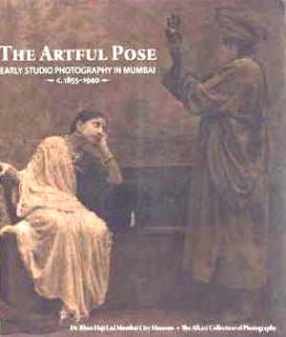

There are no reviews yet.